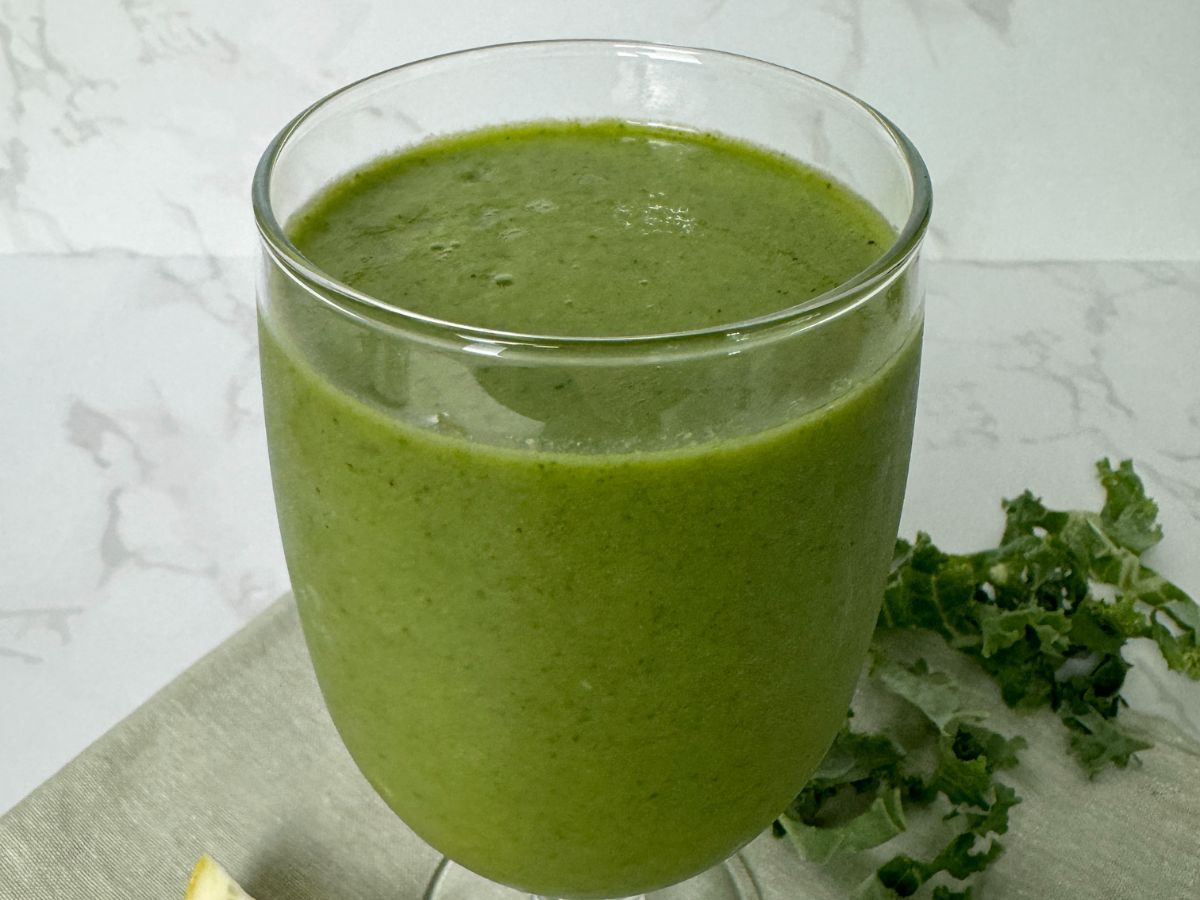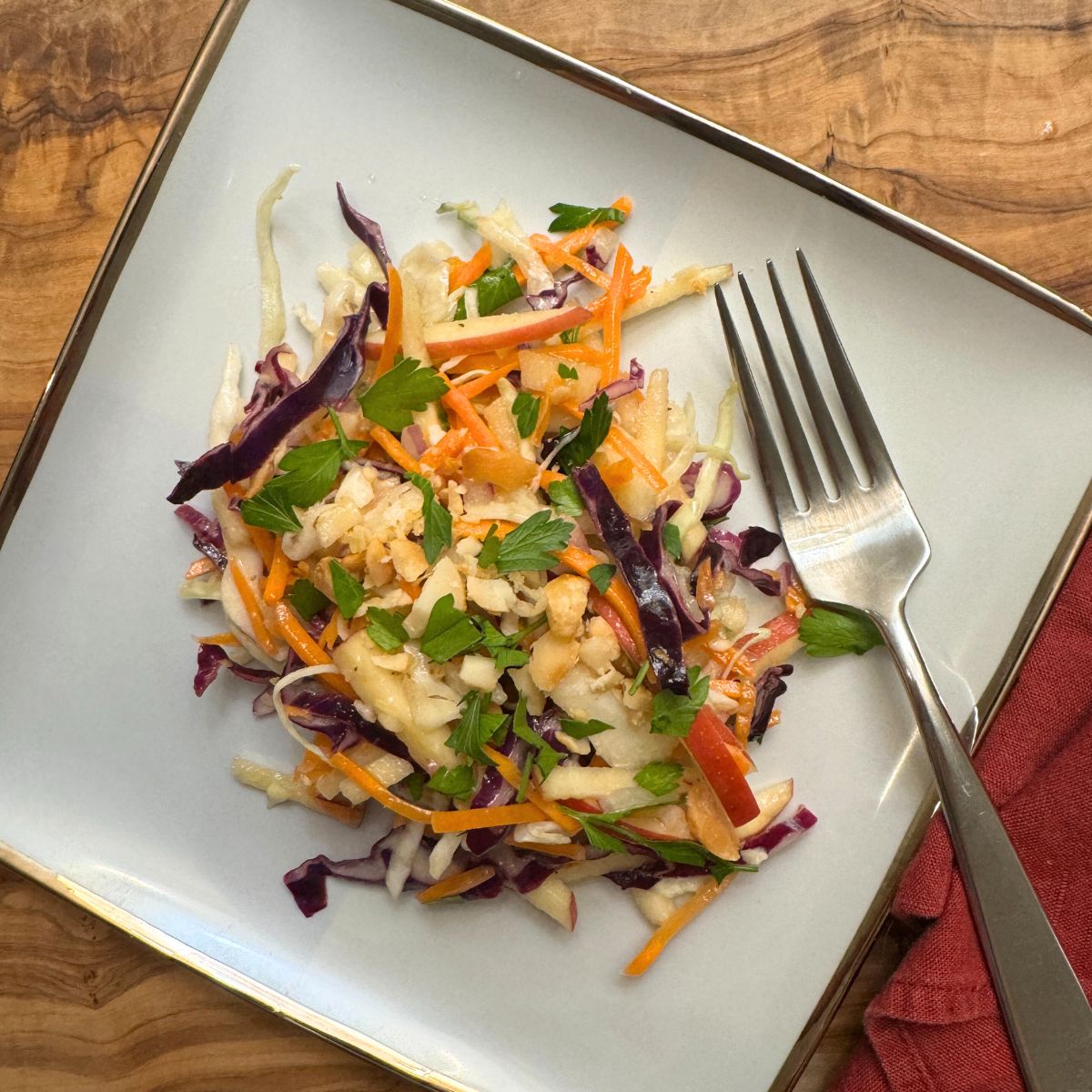The world’s affinity for caffeine is stronger than ever. Roughly 80% of the global population consumes caffeine every day in some form. 66% of Americans include coffee as part of their daily routine.
While the demand for coffee remains strong, matcha sales are on the rise. The global matcha market is growing 9.4% annually, which is more than double the pace of coffee at 4.3% (TheStreet).
Rising awareness of matcha’s health benefits has contributed to its growing popularity. Plus, it’s become more readily available — you can easily buy it online or at many grocers, and it seems most coffee shops now offer matcha options on their menu.
But how exactly does matcha stack up against coffee in terms of caffeine, nutritional content, and health impact? In this article, we explore the nutritional profiles, benefits, and potential drawbacks of coffee vs. matcha to help you decide which to reach for!
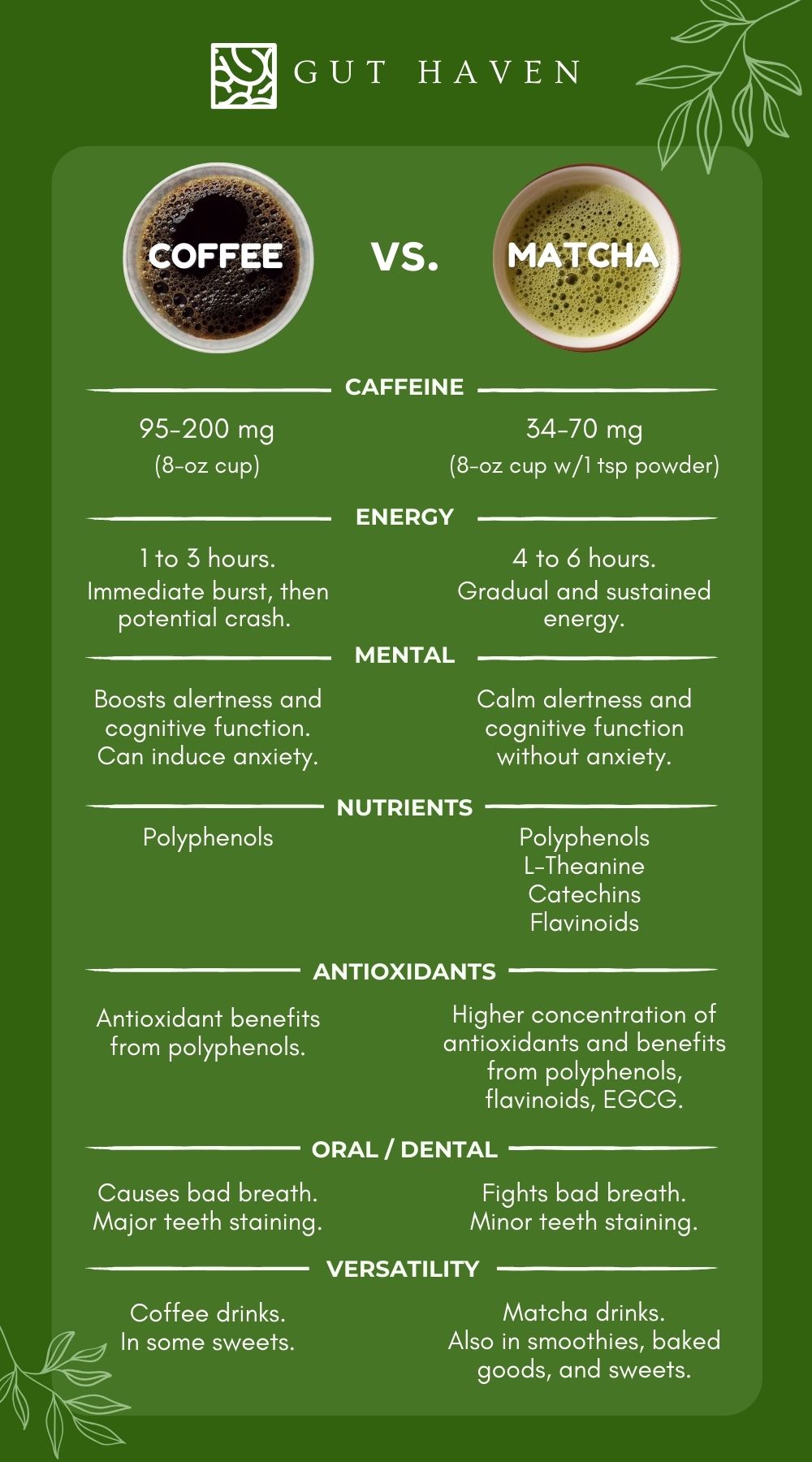
What is Matcha?
Matcha is a type of green tea that comes in a fine, bright green powder form. It’s made from specially grown and processed tea leaves, which are ground into a powder.
Unlike regular green tea, where the leaves are steeped in water and then removed, with matcha, you consume the whole leaf by whisking the powder into hot water. This makes matcha richer in nutrients and gives it a stronger flavor.
The method of grinding tea leaves into matcha powder was developed in China in ancient times, but it was the Japanese who refined the art and ritual of matcha. It became a central part of Japanese tea culture in the 12th century, when the traditional tea ceremony was born.
What Does Matcha Taste Like?
Matcha has a rich, grassy taste with a slightly sweet undertone. The sweetness in matcha is somewhat similar to the natural sweetness found in green tea or fresh greens. Some people also detect a subtle creaminess, especially when matcha is prepared with milk or a milk alternative.
The taste of matcha can vary depending on the quality of the matcha and how it’s prepared. Overall, its flavor is quite distinct from regular green tea due to its concentrated, powdered form and the way it’s prepared.
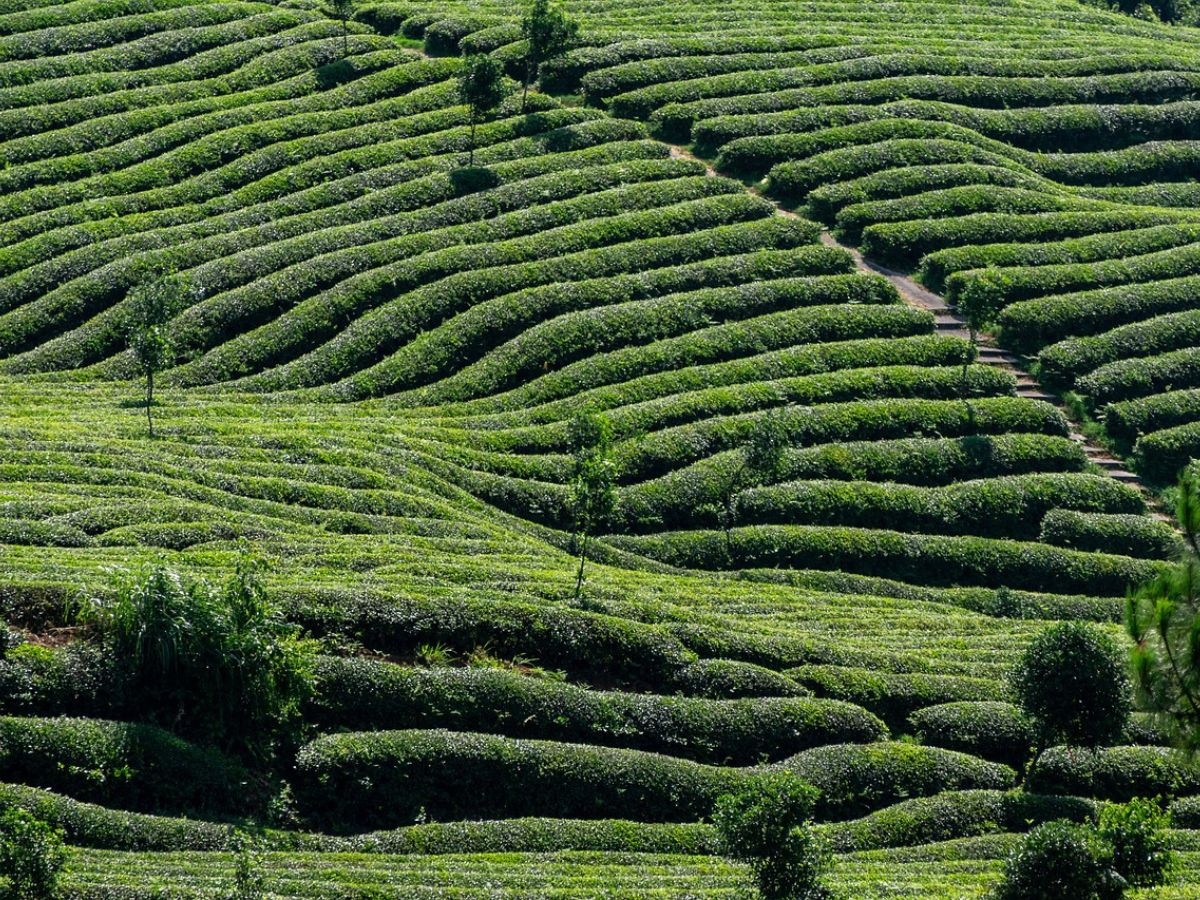
Caffeine Content in Coffee vs Matcha
Generally speaking, matcha has less caffeine than coffee, but the exact difference will depend on the size of cup and the specific product.
An 8-oz (240ml) cup of coffee typically has 95-200 mg of caffeine, while an 8-oz cup of matcha with 1 teaspoon of powder (2g) contains 34–70 mg of caffeine.
Caffeine in Coffee
Depending on the brand and product, caffeine content can vary. For example, a “short” 8-oz cup of Starbucks dark roast has 130mg of caffeine, while a Starbucks blonde roast has 180mg (the names seem switched, right?). In the meantime, Keurig K-cups each have 75-150mg of caffeine.
Caffeine in Matcha
The level of caffeine in matcha varies by the age of the tea leaves and whether they were grown in shade or sun.
Ceremonial-grade matcha, made from younger, shade-grown green tea leaves, has an average of 31 milligrams of caffeine per gram (or 61 mg for 1 tsp / 2g). (1)
On the other hand, culinary-grade matcha, made from older tea leaves that are grown in direct sunlight, has less caffeine at 26 milligrams of caffeine per gram (or 52 mg for 1 tsp / 2g). (1)
It’s worth noting that matcha contains more caffeine per gram in a typical serving than most other green teas.
Impact on Energy
Coffee quickly delivers an energy surge, helping to combat drowsiness and fatigue. This happens because your body efficiently absorbs up to 99% of the coffee’s caffeine, allowing it to reach peak levels in the bloodstream within 15 minutes.
After absorption, caffeine crosses into the brain and blocks the adenosine receptors that promote sleep. This is why coffee helps you stay awake.
Matcha also contains caffeine, but it typically provides a more gradual release of caffeine and energy compared to coffee. Matcha contains L-theanine, which promotes relaxation by increasing alpha brain waves.
How long energy lasts
Caffeine in coffee reaches its full effect within 15 to 45 minutes, sometimes causing a “jittery” sensation. However, the energy boost from caffeine fades, sometimes rapidly, after that initial boost.
In contrast, the combination of caffeine and L-theanine in matcha makes energy peak at around 30 minutes and lasts longer than coffee, providing sustained energy for up to 3 to 4 hours.
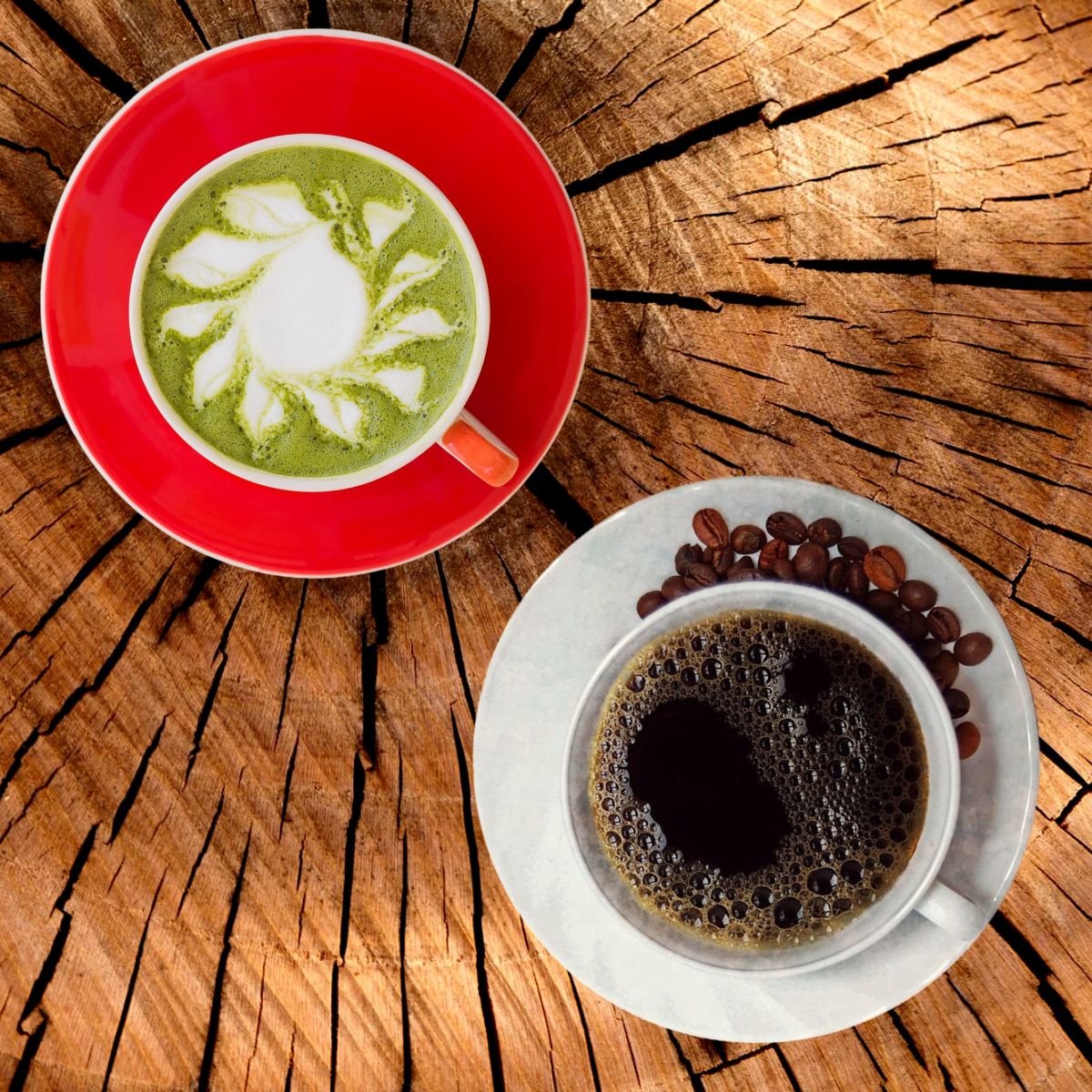
Nutritional Comparison of Coffee vs Matcha
While neither coffee nor matcha offers a significant source of vitamins, matcha outperforms coffee for its fiber, protein, vitamin, A, vitamin C, and iron content. (2)
Researchers have compared the polyphenol content in coffee and green tea. While both beverages are rich in polyphenols, the specific types and concentrations differ. Coffee primarily contains chlorogenic acids, whereas matcha is particularly high in catechins like EGCG, which are more concentrated due to the way it’s prepared. (3)
The real nutritional power of matcha over coffee is in its amino acid and flavinoids content.
Unlike coffee, matcha contains L-Theanine (as mentioned earlier), an amino acid that’s known for its ability to cross the blood-brain barrier. Consumption of L-Theanine leads to several highly desirable effects, including: (4)
- stress reduction
- enhanced cognitive function
- immune system support
- blood pressure regulation
- better sleep
Like other teas, matcha also contains catechins, which are flavinoids with numerous health benefits.. In fact, it’s more concentrated than other teas since you consume the whole tea leaf in matcha powder.
Antioxidants in Coffee vs Matcha
Both coffee and matcha are good sources of antioxidants, but they offer different types and concentrations.
Coffee is rich in chlorogenic acids, which help fight free radicals and reduce inflammation. These antioxidants can contribute to better heart health, lower the risk of certain diseases, and even protect against some neurodegenerative conditions. (3)
The antioxidant levels in coffee can vary based on the roast and brewing method, with dark roasts sometimes having slightly lower antioxidant content.
Matcha offers catechins, specifically epigallocatechin gallate (EGCG). EGCG is a powerful antioxidant that has demonstrated anti-inflammatory, anti-carcinogenic, and antiviral properties in research studies. (4)
2.5g of matcha contains 240 to 320mg of catechins (2). So, 1 tsp of matcha (2g) contains 180 to 256 mg of catechins. Coffee does not contain catechins.
It’s worth noting that since matcha powder involves consuming the whole tea leaf, it delivers a higher concentration of antioxidants compared to brewed green tea.
While both beverages are beneficial, matcha generally provides a more concentrated dose of antioxidants per serving. Matcha also offers enhanced benefits for metabolism, heart health, and even potential cancer prevention.
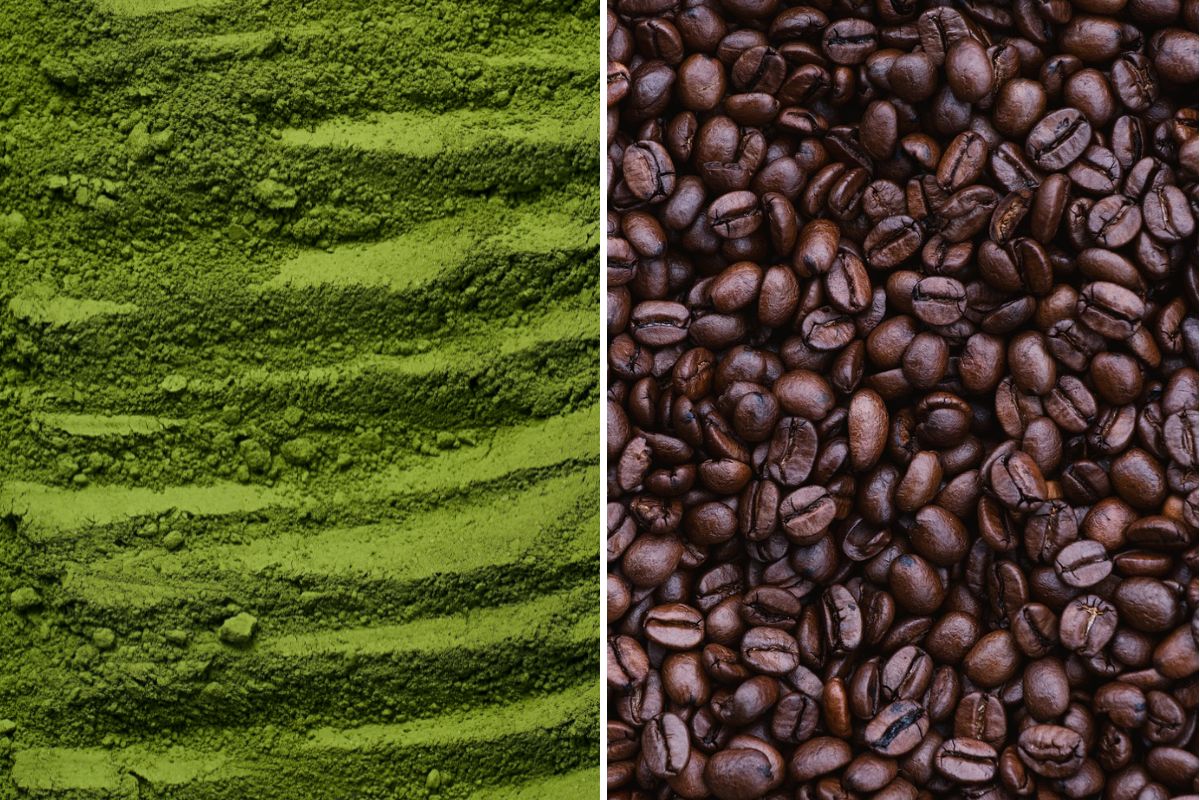
Impact on Mental State and Anxiety
Researchers have examined the effects of caffeine on cognitive performance, mood, and alertness. Caffeine enhances alertness and improves cognitive performance but can also lead to increased anxiety, especially at higher doses. (5)
The L-theanine in matcha helps you feel relaxed and reduces stress without making you sleepy. Studies have shown that when L-theanine is combined with caffeine, as it is in matcha, it creates a calm yet alert state, which is different from the sometimes jittery feeling that coffee can cause. (6)
In addition, the combo of L-theanine and caffeine have demonstrated positive effects on sustained attention, memory, and reduced distraction. (6)
Impact on Digestive and Gut Health
Coffee has mixed effects on digestive health. On the positive side, it stimulates the production of gastric acid and promotes bowel movements, which can aid digestion and help prevent constipation. Coffee also contains antioxidants like polyphenols, which support gut health by reducing inflammation and protecting the digestive tract.
However, coffee can also have negative impacts, particularly for those with sensitive stomachs. It can increase gastric acid production, potentially leading to acid reflux, heartburn, or irritation of the stomach lining. For some people, coffee’s stimulating effect on the digestive tract can cause discomfort, diarrhea, or aggravate conditions like GERD or IBS.
Matcha is good for digestive health because it contains catechins, which are powerful antioxidants. These catechins help protect the gut from oxidative stress and inflammation.
Matcha also promotes the growth of beneficial gut bacteria, which plays a crucial role in maintaining a healthy digestive system. Additionally, the presence of dietary fiber in matcha can support regular bowel movements and prevent constipation. Read more about the gut health benefits of matcha here.
However, matcha is also high in tannins, which, in some individuals, can cause stomach discomfort or constipation if consumed in large amounts or on an empty stomach. The caffeine content in matcha, while lower than coffee, can also stimulate acid production, which might exacerbate acid reflux or similar digestive issues in sensitive individuals.
Impact on Oral Hygiene
Coffee and green tea affect your mouth in different ways. Coffee can stain your teeth over time and its acidity might wear down your enamel if you drink a lot of it. It can also leave your mouth feeling dry and might lead to bad breath. The strong coffee breath can hang around even after brushing.
On the other hand, matcha has natural antibacterial properties that can help keep your mouth clean and reduce bad breath. Plus, it doesn’t stain your teeth as much as coffee and is less acidic, which is better for your enamel.
Environmental and Ethical Considerations
Land Use
To produce just one serving of coffee you need over 20 grams of ground coffee beans. On the other hand, you need just one gram of ground tea leaves to produce a serving of matcha.
Coffee cultivation often leads to deforestation, particularly in countries like Brazil and Colombia.
Matcha is made from shade-grown green tea leaves, which can be less demanding on land compared to some other crops. However, large-scale tea plantations can also lead to environmental issues if not managed sustainably.
Water Usage
Coffee production requires significant amounts of water, which can strain local water resources, especially in areas with already limited water availability.
Tea cultivation generally requires less water compared to coffee, but it still impacts local water resources.
Pesticides and Chemicals
Both coffee and green tea farming and production can involve pesticides and fertilizers. However, the use of chemicals in tea farming can vary by region and producer.
Premium or high-quality matcha often has stricter standards for pesticide use and may have lower levels of residues compared to lower-quality products. Japanese matcha, in particular, is typically subject to rigorous quality controls.
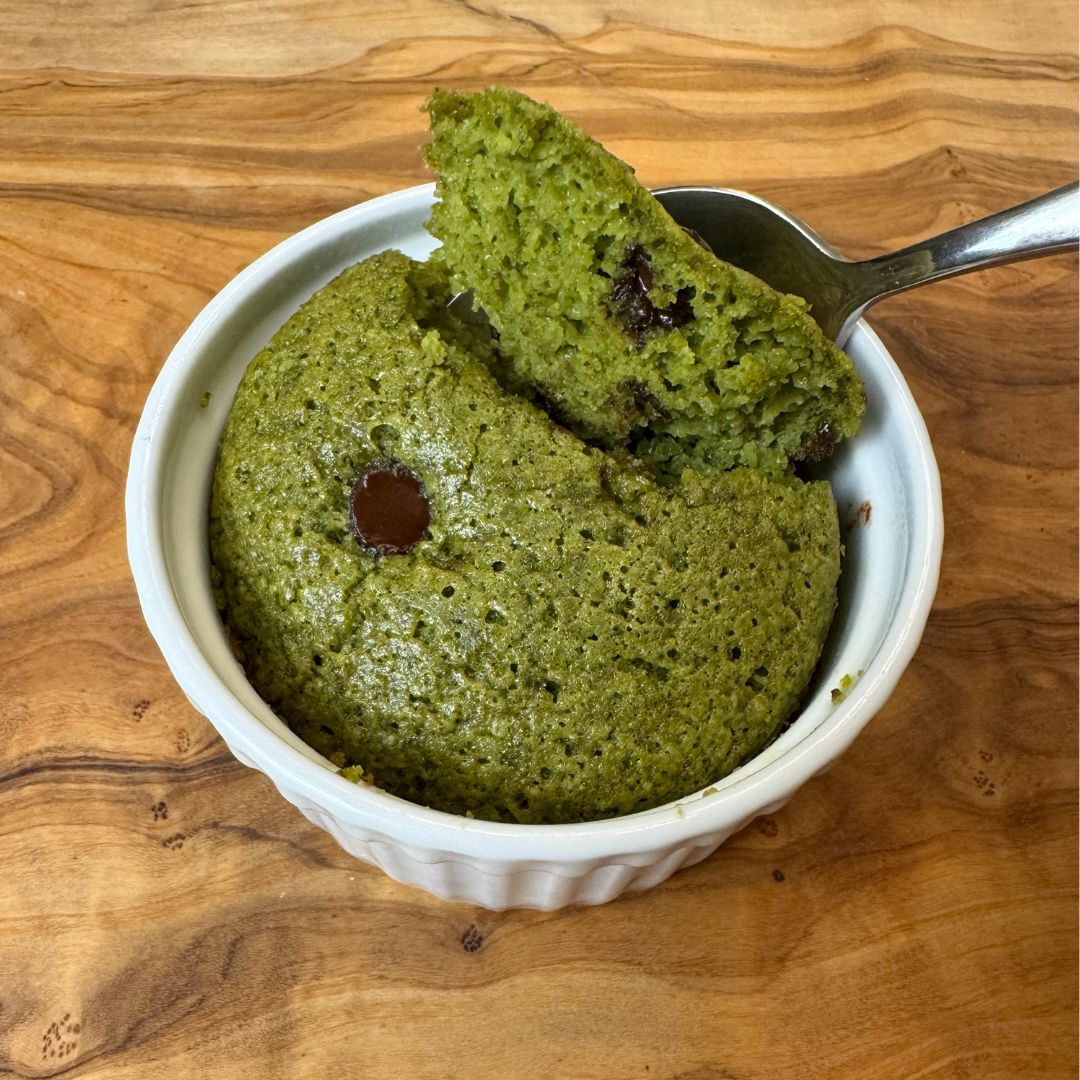
Above: Easy Matcha Cake
Switching from Coffee to Matcha
Based on the evidence we’ve discussed, some might suggest switching entirely from coffee to matcha. However, after considering the health benefits and other factors, the choice ultimately comes down to personal taste and how each beverage makes you feel.
If you can’t completely shake your coffee habit (I know I’m in that camp), replacing some of your coffee consumption with matcha might be more realistic.
Perhaps the solution is to cut back on your total intake of coffee per day and replace that second or third cup with matcha. This can be especially beneficial in the afternoon, when coffee consumption can interfere with sleep. Given the calming energy that matcha offers, many enjoy matcha as a mid-afternoon “pick me up”.
Plus, matcha can be enjoyed in many creative ways beyond just tea!
How to Add Matcha to Your Diet
There are plenty of fun and tasty ways to enjoy matcha that go beyond just sipping it as tea. Here are some ideas to get you started:
Matcha Latte: Whisk matcha powder with hot water, then add steamed milk (dairy or plant-based) and a touch of sweetener if desired.
Matcha Smoothie: Matcha pairs well with fruits like bananas, mango, and berries. Add some greens and you get an extra nutrient boost. Try this Matcha Smoothie with Tropical Fruit and Greens.
Matcha Cookies: Use matcha powder to flavor cookies. Matcha powder gives your baked goodies a vibrant green color and a hint of earthy flavor. Try these Vegan Matcha Chocolate Chip Cookies.
Matcha Cake: Matcha adds a deliciously unique flavor and vibrant green color to cakes, making it a great way to elevate your baking with something unexpected. Try this Easy Matcha Cake.
Matcha Oatmeal: Stir matcha powder into cooked oatmeal along with your favorite toppings like fruit, nuts, and seeds for a nutritious and energizing breakfast.
Matcha Ice Cream: Make homemade matcha ice cream by combining matcha powder with a custard base or coconut milk and freezing it in an ice cream maker.
References:
(1) B. Meyer, H. White, J. McCormack, E. Niemeyer (2023), Catechin Composition, Phenolic Content, and Antioxidant Properties of Commercially-Available Bagged, Gunpowder, and Matcha Green Teas, Plant Foods Human Nutr.
(2) USDA FoodCentral Data: “Matcha organic green tea powder, matcha.” “Coffee brewed, prepared with tap water“.
(3) P. Liczbiński, B. Bukowska (2022), “Tea and coffee polyphenols and their biological properties based on the latest in vitro investigations”, Industrial Crops and Products.
(4) J. Kochman, K. Jakubczyk, J. Antoniewicz, H. Mruk, K. Janda (2021), “Health Benefits and Chemical Composition of Matcha Green Tea: A Review“, Molecules
(5) D. Kennedy, E. Wightman (2022), “Mental Performance and Sport: Caffeine and Co-consumed Bioactive Ingredients“, SportsMedicine.
(6) C. Dietz, M. Dekker 1 (2017), “Effect of Green Tea Phytochemicals on Mood and Cognition“, Current Pharmaceutical Design.
(7) I. Sivanesan, J. Gopal, M. Muthu, S. Chun, J.W. Oh (2021), “Retrospecting the Antioxidant Activity of Japanese Matcha Green Tea–Lack of Enthusiasm?“, Applied Sciences.

